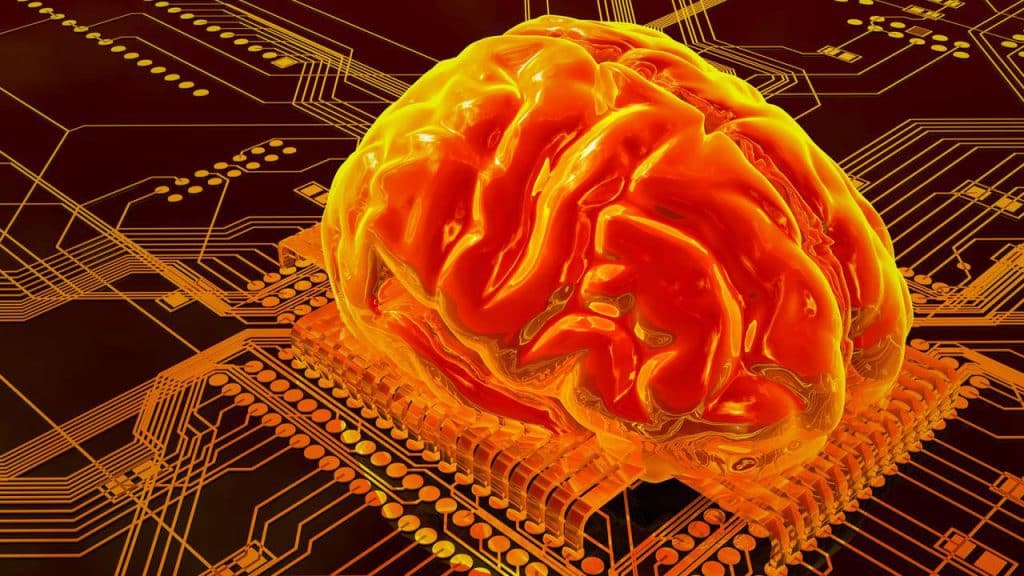Even in the increasingly science-fiction-sounding world of biotech, growing electrical circuits in living tissue, particularly in the human brain, sounds a little radical. Nevertheless, scientific research appears to be rapidly heading in that direction (https://longevity.technology/news/electrodes-grown-in-the-brain-pave-the-way-for-future-therapies-for-neurological-disorders/).
Electrical signals are an important part of human biology. An obvious example is in the heart, where we sometimes use pacemakers to keep the rhythm as it should be. The other obvious example is the brain, which uses the nervous system to send messages around the body and back again. These signals tell our muscles when to move, help us register outside stimuli and influence how we think. Being able to control those signals has powerful implications for treating neurological conditions, many of which develop as we age.
Traditional electronics have proven incompatible with the human body, even when constructed to mimic biological functions. They’re too static, and their design is too fixed. Now researchers may have found a way to grow electrodes inside living tissue with the help of an injectable gel. Yes, you heard that right: they inject the gel to grow inside the body.
The experiment was done on zebrafish and medicinal leeches, so we don’t quite know yet how it would work on humans. What happened with the test subjects, however, was that the gel became electrically conductive during the injection and growing process (it wasn’t before it was inserted). That’s because the gel contained special enzymes that worked as the basic building blocks. They reacted with the molecules already in the body to form the electrodes.
Other attempts at this sort of biotech have needed either an external trigger or some kind of genetic modification to make it react in the body. In this case, it did it automatically. It could even be adapted to different parts of the body. Electrodes were formed in the zebrafish’s brain, heart and tail fins. In the medicinal leeches, they were grown in the nervous tissue. There was no sign of the immune system rejecting them or any other kind of damage to the host.
This is just the first step in what hopefully will be a long and successful journey into creating entire electronic circuits that can fully integrate with the human brain, serving a variety of functions and treating a range of conditions. Let’s hope scientists can continue to make progress!




